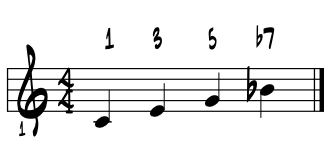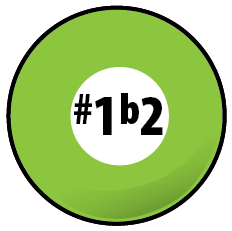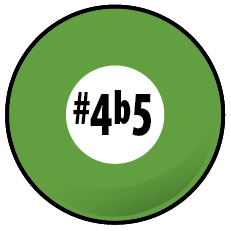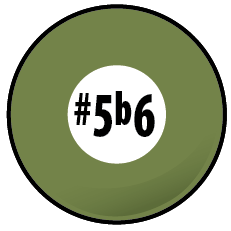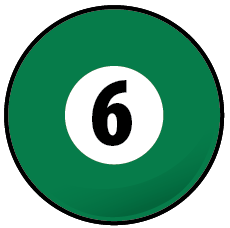~ bVII ~ blue 7 / b14 ~ ~ sub tonic ~ b7 ~ minor 7th ~ bXIV ~
~ blue 7th ~ b7 leading tone in minor ~ ~ raised submediant ~ augmented 6th ~ 'the 7 in V7 and thus ... all things Americana blues and jazz ...' ~ a organic, true and super poignant color of our minor tonality ...'
|
In a nutshell. Need a note to make your audience's hair stand straight up ... ? Need a pitch to 'lean on' to fill the dance floor ... ? Looking for a bit more 'nudge' in your dominant chords ... ? Ready to elevate beyond the triad and into harmony's upper structure world of the jazz leaning color tones ... ? Need a rockin' arpeggio to light up the scene ... ? Well, look no further, you've landed. |
In knowing that the blue Seven is the third note in the naturally occurring overtone series above the fundamental pitch, and knowing that we've had these four pitches from Mother Nature all along, we can muse that this pitch too is an ancient tone, and as such, is a musical note that is in a whole lot of melodies, helps to shape its own modes, makes any major triad into a four note tritone bearing bundle of energy, which is the basis of near all Americana blues chords, all while directing harmonic traffic in like near every song we have ... ? (If that's not a bingo this show's over ... see ya next week :) Please examine and sound the pitches with 'C' as our root note or fundamental. Example 1. And blues chord rockin' intro too ? Tis is indeedee :) |
|
In theory, the blue Seven is the diatonic 'subtonic' tone in all things minor, surely the blues, minor 7th chords, all V7 chords, thus a key pitch in the sleeker Two / Five cadential motions. It easily initiates the first degrees of tension, setting in motion a tonal direction, thus a strong director of our musics that may be seeking resolutions. For even without being paired to tritone 3rd, the sounding of the subtonic blue Seven creates a solid spark of blue, that handled respectfully, can really set it off a 'need to resolve to its One. Happens near every night in every tune in the honky tonks across the land :) |
Theory names; subtonic, blue 7th, minor 7th, b7. Thinking of the interval of a minor 7th above our root pitch, lots of coolness shakes loose, most of which does center around the blues. This probably comes as no surprise as we'll find the minor 7th as one of the five pitches of the minor pentatonic group, the essential core pitches in creating the blue colors. Using the pitch C as our root note, examine the interval, minor pentatonic scale pitches, its evolution into a blue's scale and then a blue's chord to end this next phrase. Example 1a. |
 |
Pretty clear? Can you sing along with the pitches. Try again. Sing and play is the way today. |
All blues. Just seems like once this minor 7th interval is sounded, the scale lines and chord that follows all fit together like peas in the pod. Funny, didn't really try to engineer the line this way, but upon playback realized the immediate and imposing directional power of the blues vibe, when these buttons are pushed in this order. |
|
The raised submediant / augmented sixth chord / #6. This designation perhaps best comes to us from the European classical cats. The chord typically contains an interval we can measure as an augmented 6th, which resolves to a dominant chord and is used in both the major and the minor tonality. It can be found in root positions and as different inversions. Three varieties are generally recognized; the Italian, French and German. |
Forgive me here bit I just don't have a grasp on this augmented 6th chord theory. The way classical theory goes, with its part writing rules governing a well documented tonal evolution over the centuries from Bach and forward to the Moderns, in some aspects the spellings of the pitches used to create the chords, I simply see as enharmonic equivalents. And as such are just easier for me to understood in an Americana context; i.e. b7, blue 7, V of ___ ? etc. That said ... |
|
Compare Americana and European theory. The core of the theory of European classical music, spanning hundreds of years, can come to us today written out in standard notation. Thus its 'trapped' for our paper / pencil theory examinations. Thus, every nook and cranny is documented, labeled and set in place to become part of the evolutionary story of the European equal tempered tonality. |
And while to a certain degree we do this with our Americana musics also, they really are two different critters. For there are two essential components in the Americana sounds not generally found at all, if ever, in traditional European classical music. These are the blue notes and improvisation, and the blues rhythms and swing of jazz improvisation are both a stiffer challenge to notate, for precise examination later on. |
Spontaneity is the magic. Americana popular songs are generally notated as lead sheets, melody line and chords with a word or two describe style and meter. And for many involved, the spontaneity of 'realizing' these symbols of the music is the magic. What we each bring to the music each day and negotiate with bandmates becoming the source of inspiration for the performance. |
Theory, American blues and improvisation. These two essential elements of Americana music, the blues and improvisation, often create some difficult choices when discussing the theory in regards to what to name or label a particular musical component. And while we most often simply look at melody pitches and supporting harmony in determining labels for pitches and colors, it surely is an in-exact science at times versus the Euro classical traditions. |
Does it matter? Usually not to those of us that actually play the music. We study the theory to understand the possibilities and then create the music, which is in large part realized from generic symbols and a common thought process among band members. For instance, it's what we each select to sound when we see, hear or think of a chord such as G7. Our response often decided by what we hear being created around us, what just got played and what's coming up next. |
And that's based on our own experience, degree of artistic evolution and the musical setting we find ourselves creating within. So the process is really more about the strengths and energy we bring to the creative, collaborative process of American music, rather than a super exact science of labeling components in theoretical ways, played the same way each time. |
As theorists, we tend to come after the artist creates and innovates, we examine what's been done and then theorize about it. We simply try to tie new art into the existing body of work from whence it came, looking for the way it has evolved our common elements into creating new patterns. We as players then simply hear what we dig, create our own version of it, and add it to our own palettes. |
Quick review, flat Seven in the music? Well for starters, in creating any dominant V7 chord the b7 is an absolute must. And we use this chord nearly everywhere in our Americana music. Anytime we sense even a wee hint of the blue colors, chances are flat Seven is nearby one way or another. |
We'll find 'b7' is songs in minor keys, blues tunes or Mixolydian melodies, in the chord progressions of blues, funk, rock country, pop and jazz tunes. Vamps too? Absolutely. So in any V7 chord ,with or without a blues influence, we'll find flat Seven sitting atop the major triad helping to set the mood and direction of the music. |
Suspension / tonal gravity. Thinking melody, the flat Seven pitch organically, and gravitationally, leans to resolve to its tonic pitch. This is the natural course of the the subtonic to tonic diatonic motion in natural minor. Simple proximity generally dictates this course of motions among the planetary ordering of the pitches. Flat Seven to One in A minor. Example 1a. |
 |
Hear the gravity pull b7 to One ? Cool. Just a typical sort of four bar stomp to the tonic vamp phrase featuring b7 and the tonic. Simple rhythm build process with a bit of repeat, finer subdivisions to 16th's and tag with an off beat swing to close setting up the repeat. |
The most common of the common? As with the natural, diatonic sense of the theory from the last idea, the following idea with our minor 7th interval is one we all Americats might learn and know well. Played many ways, perhaps try it as a hammer-on and then shake that tonic pitch on into tomorrow, a la B.B. King. Ex. 2. |
|
 |
Work the pedal. Depending on a lot of things, this last idea might be a bit tricky. The idea is to have a low bass note to play the melody pitches over. So, sort of backing yourself with the low 'A' pedal. So whomp the low open A string and play the blues licks above it. Don't worry too much about all the pitches syncing up together 'as written.' Remember this is the blues, the blues rub and all about the art in your heart and getting it out. |
Work at it and it'll happen. This bass / melody style is a true core in blues music, as many of the early players played a single, covering all the parts themselves, i.e., bass, chords, melody and lyrics all while being the rhythm motor and creating the groove. We do a similar thing with a metronome, the clicks just motor along, giving us something to lean our ideas into and jam along with. In and out of the clicks we weave. And while not a band per se, we get to imagine the rest of the parts while hearing our lines clearly. |
In a minor key. As the subtonic, we find the flat Seven a whole step below the root or tonic pitch of the natural, diatonic minor group of pitches. Examine the pitches in the following chart and musical example. Example 3. |
|
|||||||||||||||||||||||||||
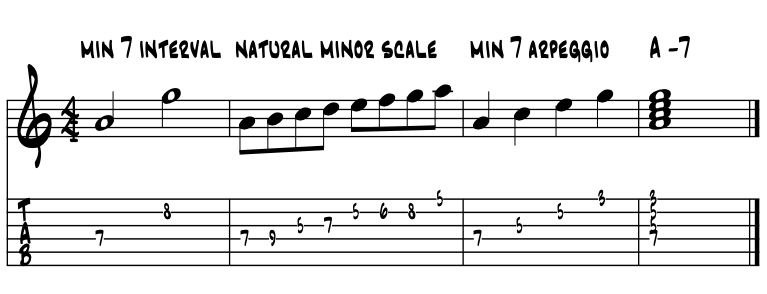 |
Hip to the evolution? Cool with how the interval shapes a scale? The scale evolves in thirds into an arpeggio and how we segment and stack the arpeggio pitches becomes the chords? These last four bars in one sense sum up our whole theory process, as we evolve the same pitch grouping into one component then another, expanding our resources and thus possible combinations to constellate into compositions, jams and beyond. |
Natural minor / Aeolian melody. This next idea is the tail end of one of my melodies titled "Voices From The River." Essentially an Aeolian modal piece in a 2 / 4 samba / Latin style groove. The core of the theme might go way back. Example 3a. |
 |
A solid close to the line ? A definite resolution ? Cool |
A flat Seven / Mixolydian melody. This next idea is the A section or verse of an old time Americana sound that is a core line for the folk / country / bluegrass cats and beyond. "Ole' Joe Clark" is a standard among standards. Click the link to the right for the whole tune. Ex. 4. |
 |
Know this line yes ? Or learn it here if need be. |
Following traditions. Often in this text the musical styles termed as children's songs, folk, bluegrass and country music are grouped into one general category. Hopefully no one reading is offended by this for all of these styles share very similar musical elements. For at their core they tell stories, their melodies are diatonic and the supporting harmonies triadic. |
What's super cool about all of this music are the deep roots in Americana lore and all listeners can be included. That people love to get up and dance to it and each has its own rather serious artistic challenges for the pro leaning players. That, and depending on your locale, there's a lot of work to be had playing these core Americana styles. These styles and songs have been filling dancefloors for a while now and will continue to do so, just keep playing the music you love. ! Down the road a bit and if appropriate, add in a bit of the blue colors, some rock and roll, a solid backbeat 2 and 4 groove, and all these styles will continue to evolve as generations pass, opening up new creative and artistic opportunities. |
Flat Seven vamps. The tonic to flat Seven motion just might be the King Vamp of all things Americana. There's all sorts of cool combinations of chord colors as well as endless variations of rhythms and grooves to hang over. Regardless, if Ya need the room to get up and dance, creating a happening vamp will often do the trick. In this next idea we simply move between triads. Example 5. |
 |
This last idea, while presented here as a two chord vamp, is similar to the harmonic riff for the classic pop tune "On Broadway" released back in 1963. Written as a 16 bar One / Four / Five, "On Broadway" was a big hit for George Benson, a top crossover jazz artist and one heck of a guitar player. |
|
A dance vamp extraordinaire. This next idea consists of four different vamps all based on the tonic / flat Seven motion. While the tonic down a whole step to flat Seven is consistent, the chord colors mix and match from major to minor and add additional colortones. Example 5a. |
The first vamp above creates an A major tonal center call with the flat Seven a blue response, both voicings jazz and pop colors. The A minor to G vamp is heading into the "Watchtower" sounds. Step on a fuzz box, reduce the chords to 5th's / octaves and it's right at home in today's overdrive rockin' music. |
The A13 to G13 vamp is blues of course but easily evolves into jazz by adding its walking bass line. The A minor to G minor is very common throughout pop / rock a la Van Morrison's "Moondance" magic, which also features the walking bass line. |
|
Realize that these two diatonic minor 7th chords, a whole step apart, can be thought of as the Four and Five chords of a One / Four / Five / progression in a minor key ? Cool. Somehow there's that inherent sense of a potential cadential resolution in the repetitive vamping motion. That if we just keep this thing going long enough we can bring it to a successful (?) conclusion of resolution. The inner energy of the vamp revealed ? Maybe. Rhythm motor magic ? Tension and its release ? All of the above ? :) |
The key to unlocking where the music goes. Oftentimes this text refers to the dominant chord / V7 as being the 'traffic cop' of our harmonic motions and tonal directions. The b7 interval plays a crucial role in this process. Combine b7 with the major third of any major triad, and we create the tritone interval, who's organic aural tension is what leads and directs us towards a resolution. Except in the blues. Right, except in the blues. Example 6. |
 |
Need a new direction? Sound a Five chord. Years ago at college our professor stumped us with what turned out to be a no-brainer. "What's the easiest way to set up a modulation to a new key ... even if you do not go there ... ?" Drum roll please ... Simply sound the dominant chord of that key and the course is set. |
That the tritone interval tension within the chord will set up the tonal gravity motion to get things moving in that direction. Here are some rapidly changing key centers using the core Five / One cadential motion. Example 6a. |
 |
Quick key changes and jazz chord voicings. When the music modulates a lot, chances are we're in the jazz part of the style spectrum. We can smooth out the key changes by softening chords using combinations of their color tones. |
As the harmonies soften, they loose density thus becoming lighter, and lighter is sleeker. Sleeker usually implies faster, faster usually is jazz and for many among us, the faster thought process of jazz and its creation helps create the excitement we love about this music. |
Blues chords. It's quite common in the blues that a song's three principle chords are all dominant chord type, tritone bearing chords, that when used in the blues styles, do not resolve in their traditional Euro ways. To further the theory dilemma of the blues (just kidding), strongly emphasized melody blue notes are oftentimes not a chord tone of its supporting chord, and they are not a passing tone. This we can call the 'blues rub.' |
Oh well, that's just some 'theory blues' I guess. All of this built-in aural tension becomes the 'blues rub', that dance energizing, hair raising juice that helps us flow the love. |
These next groups of changes create the One, Four and Five chords for open chord blues keys. Incidentally, as all of these voicings are dominant chords, they can all function as blues chords wherever we might find them, 100% interchangeable. How cool is that? Surely an ultimate component in chord substitution. Example 7. |
 |
Movable blues chords. While a few of the chords in the last example are movable as well, the shapes which follow all are quite handy in moving us up and down the fingerboard. As all are root position chords and retain the tritone within / dominant 7th chord type quality that we associate with blues chords in a major key, by learning one new shape we gain a dozen different letter named possibilities :) So just as above, the following chords are also grouped in three by key center, the One / Four and Five chords we'd find in a standard 12 bar blues tune. Example 7a. |
Standard variations. These last few chords are often a wee bit too thick or heavy when played with a band. Especially if you have a bass player and keyboard player. Thinking that you do, the following two chord shapes evolve from the voicings above. These chords we call inversions, as their lowest pitch is not the root of the chord by which we would usually name them. They're a bit lighter in texture, thus can swing and rhythmically move about a bit easier. Example 7b. |
 |
Evolutions. Sense the lightening of the mood? Of course a solid bass player always makes the difference; in telling the story of the songs and in getting things up off the ground a bit, i.e., to swing. |
Review and forward. Well that's all for now folks regarding our discussion of our flat Seven interval. Again the idea that b7 can quickly imply all things blues; the b7 interval, as part of the tritone in V7, b7 as a chord in classic Americana chord progressions and all sorts of vamps. As a suspension to the tonic, b7 makes a classic pitch bend on up to the tonic, all of which can become an essential part of how an artist negotiates the magics between the minor colors and blues' hues. |
'Three chords and the truth ... that's what a country song is.' |
wiki ~ Harlan Howard |
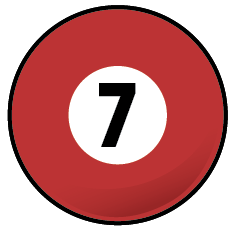 |
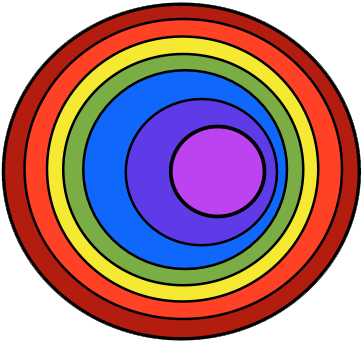 |
|||||||||||
 |
 |
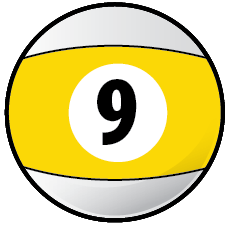 |
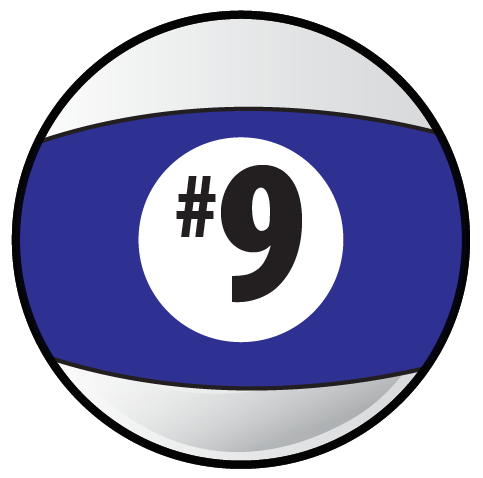 |
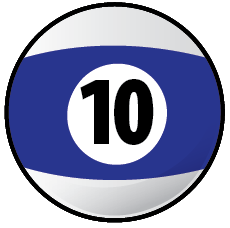 |
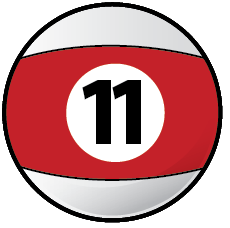 |
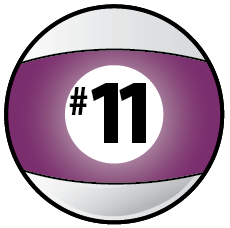 |
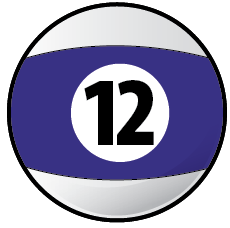 |
 |
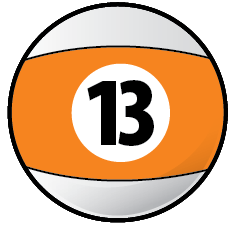 |
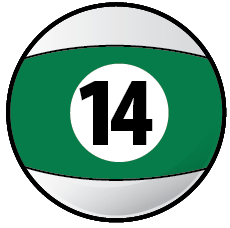 |
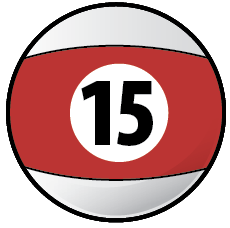 |
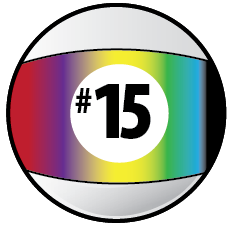 |
References. References for this page's information comes from school, books and the bandstand and made way easier by the folks along the way. |
Find a mentor / e-book / academia Alaska. Always good to have a mentor when learning about things new to us. And with music and its magics, nice to have a friend or two ask questions and collaborate with. Seek and ye shall find. Local high schools, libraries, friends and family, musicians in your home town ... just ask around, someone will know someone who knows someone about music and can help you with your studies in the musical arts. |
|
Always keep in mind that all along life's journey there will be folks to help us and also folks we can help ... for we are not in this endeavor alone :) The now ancient natural truth is that we each are responsible for our own education. Positive answer this always 'to live by' question; 'who is responsible for your education ... ? |
Intensive tutoring. Luckily for musical artists like us, the learning dip of the 'covid years' can vanish quickly with intensive tutoring. For all disciplines; including all the sciences and the 'hands on' trade schools, that with tutoring, learning blossoms to 'catch us up.' In music ? The 'theory' of making musical art is built with just the 12 unique pitches, so easy to master with mentorship. And in 'practice ?' Luckily old school, the foundation that 'all responsibility for self betterment is ours alone.' Which in music, and same for all the arts, means to do what we really love to do ... to make music :) |
 |
"These books, and your capacity to understand them, are just the same in all places. Always bear in mind that your own resolution to succeed, is more important than any other one thing." |
|
Academia references of Alaska. And when you need university level answers to your questions and musings, and especially if you are considering a career in music and looking to continue your formal studies, begin to e-reach out to the Alaska University Music Campus communities and begin a dialogue with some of Alaska's finest resident maestros ! |
|
~ |


